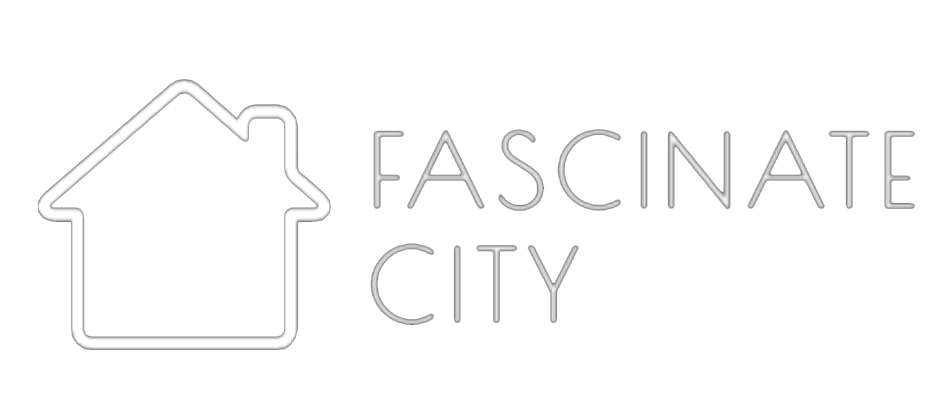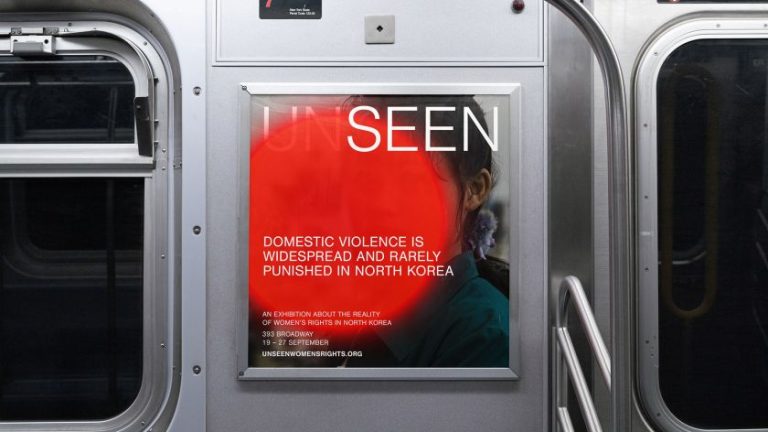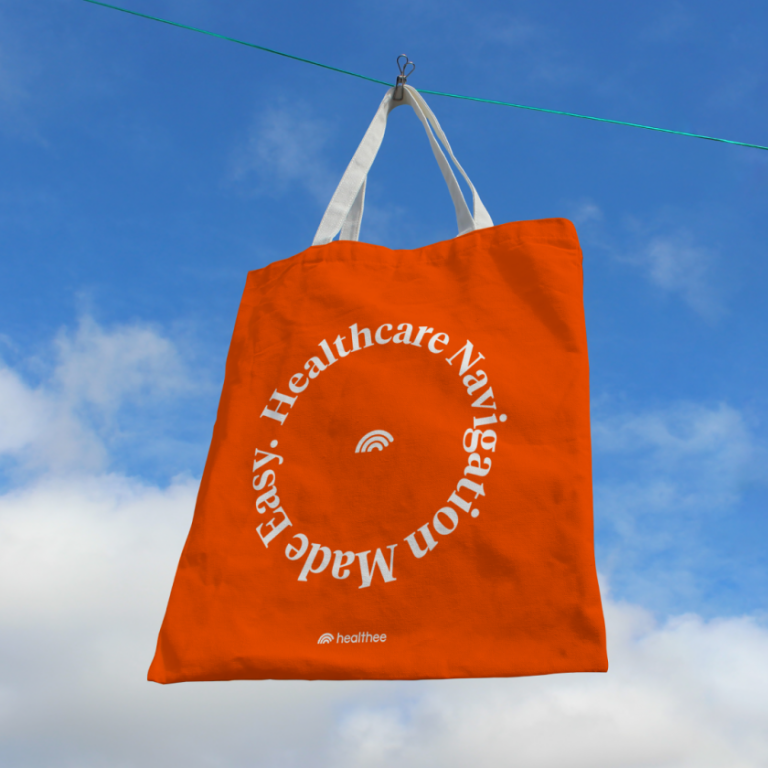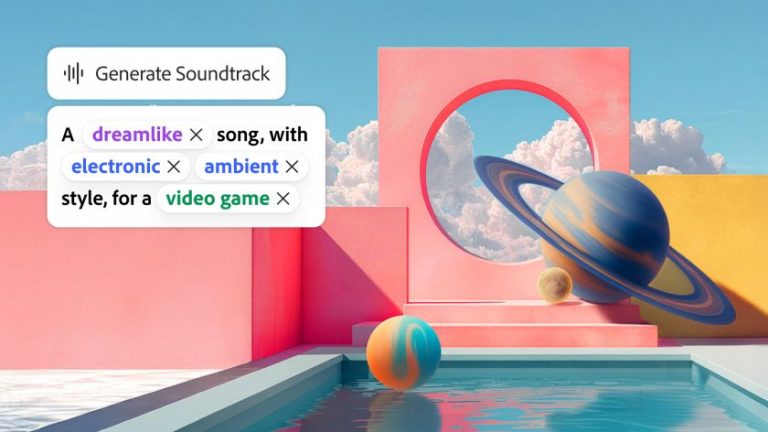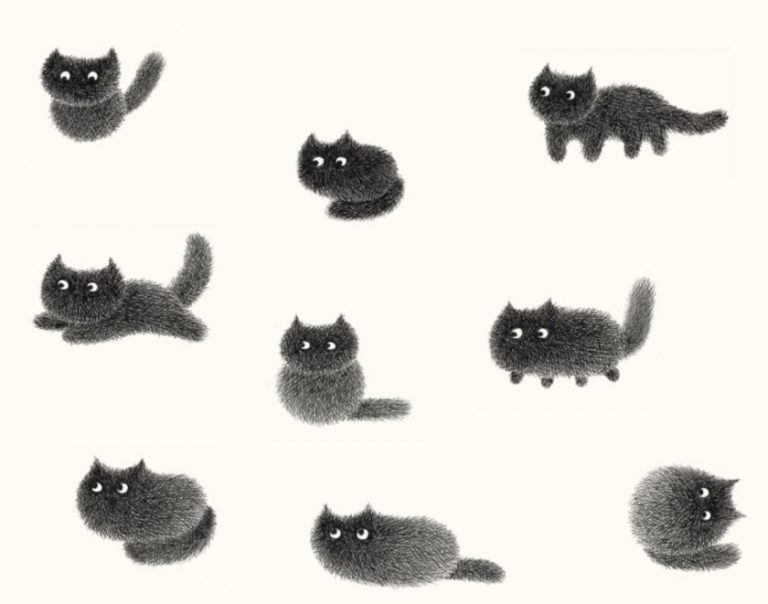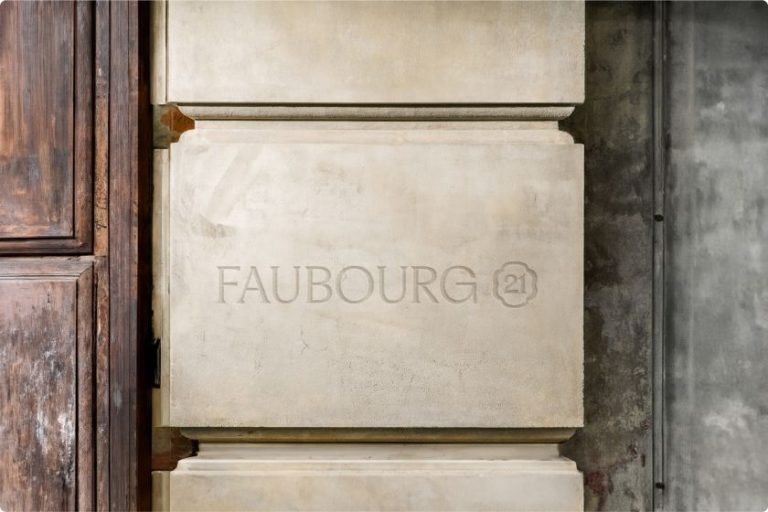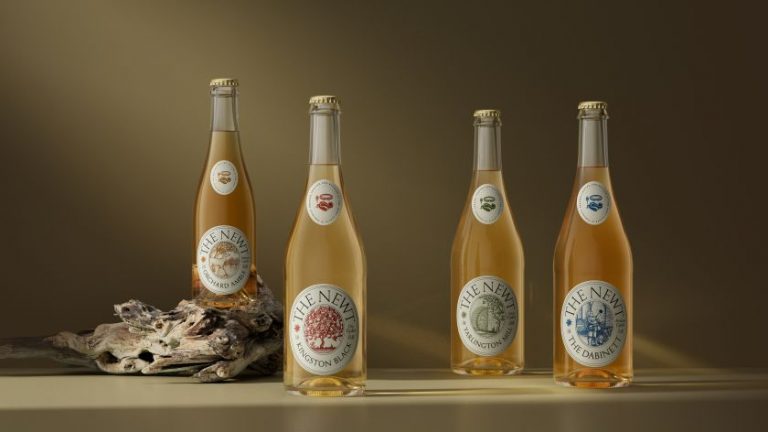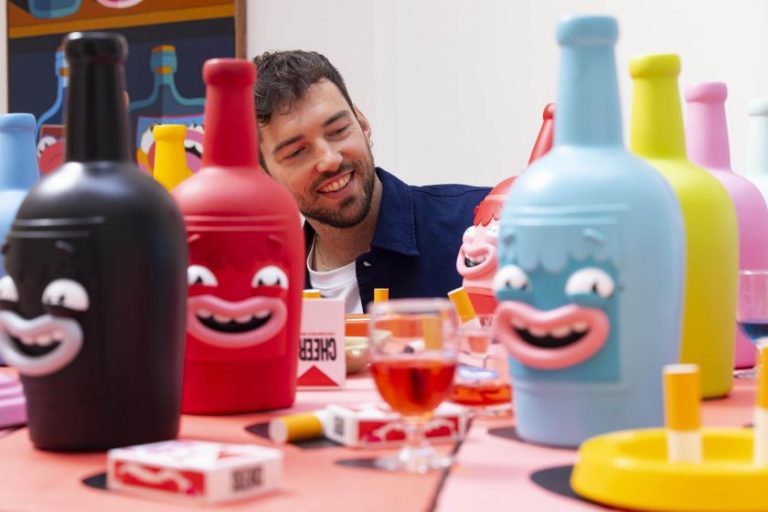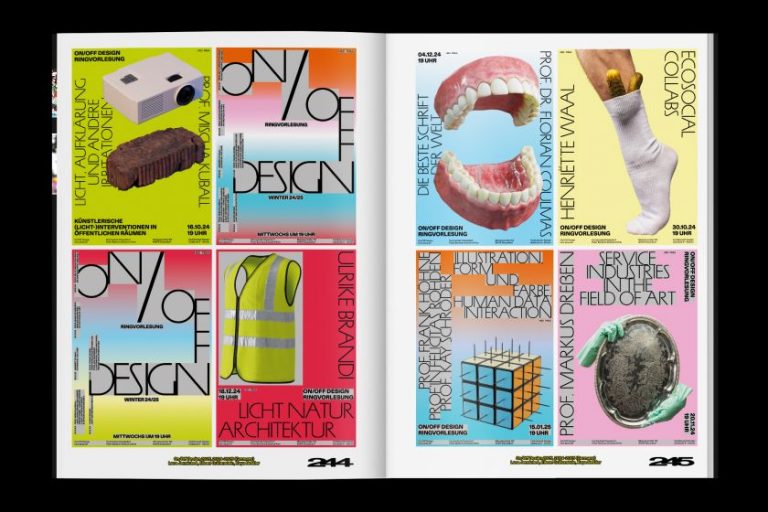After 15 years in product and graphic design, this Seattle-based illustrator traded screens for sketchbooks. Her practice now bridges science and storytelling, creating detailed, nature-driven artwork that reconnects people to the ecosystems they call home.
Seattle illustrator Stacy Hsu left a 15-year career in design to draw plants. She wasn’t chasing a trend or a change of pace – she was searching for connection.
“The shift came from a deep desire to feel more connected, both to my work and to the world around me,” she says. “During the pandemic, I started drawing as a way to reconnect with nature and process the overwhelm.
“That simple act of putting pen to paper, observing the plants in my backyard or sketching wildlife from a hike, reminded me of the joy and clarity I’d been missing.”
Clarity became a compass and, today, Stacy runs her own illustration studio rooted in environmental storytelling, translating ecosystems into richly detailed prints, patterns, and educational visuals. Her work celebrates biodiversity across the Pacific Northwest and beyond, blending scientific research with an artist’s eye for wonder.
Before founding her studio, Stacy worked across tech, nonprofits, and government, designing digital products and visual systems. “I loved solving problems and shaping experiences,” she says, “but I often felt a disconnect between my values and the fast-paced, digital-first environments I was in.” Illustration, she realised, could restore that balance by opening the door to “storytelling, to slowness, and to the natural world that grounds [her].”
When Stacy describes her process, you can really picture it. Of course, it begins outdoors, sketchbook in hand, hiking through forests, tide pools, and mountain trails. Back in the studio, she layers research with first-hand observation, poring over field guides, conservation reports, and geological maps.
“I usually start with a location or ecosystem that I feel personally connected to,” she explains. “I want the piece to feel joyful and rich in detail, while also being educational. It’s illustration as a form of love letter and invitation: come look closer.”
Stacy’s work has found a home among scientists, teachers, and families. Maybe not the kind of people who might read design magazines, but the kind of people who know their way around a field guide.
“While I love the design world, I didn’t want my work to exist only within industry circles,” she says. “Nature belongs to all of us, and I wanted my illustrations to reach the people who feel that connection most deeply.”
Her illustrations have been commissioned by environmental organisations such as Billion Oyster Project, where she created an immersive mural of New York Harbour’s underwater ecosystem. She says: “It felt like the perfect intersection of all the paths I’ve taken: product design, UX design, and illustration.
“I drew everything from fish and crabs to eelgrass and anemones, weaving them together into a layered, underwater landscape that kids could interact with.”
The project, which told the story of oysters as ecosystem engineers, embodies Stacy’s belief that “art can be both beautiful and educational.” It’s a principle that runs through all her work, underpinned by the idea that design can be an act of care, helping people understand their environment not through data, but through delight.
When she isn’t working on commissioned pieces, Stacy is developing her own line of fine art prints and field guide–inspired goods. The collection includes prints, cards, and illustrated homeware, all designed to bring a sense of wonder indoors.
“Not everyone can commission a mural or buy an original illustration,” she says, “but a print or a set of greeting cards can still invite people to pause, look closer, and connect with the natural world.”
Her self-directed work also gives her space to follow her curiosity. “It’s a space of freedom for me,” she explains. “Unlike client work, where I’m responding to a specific brief, my product line allows me to explore whatever captures my attention – migratory birds, native wildflowers, or the layered ecosystems of a national park.”
Ultimately, what sets Stacy’s work apart isn’t just its precision, but its pace. Each piece unfolds slowly, like a walk through the woods.
“Drawing is my way of slowing down and truly paying attention,” she says. “When I’m sketching a plant or an animal, I’m not just looking at its outline. I’m noticing textures, rhythms, and relationships I would have otherwise passed by. The slower pace of nature deeply influences how I work.”
Her illustrations are built up layer by layer, much like the ecosystems they depict. “In a world that moves so quickly, this slower process feels radical in its own way,” she says. “It grounds me, and I hope it encourages others to pause and rediscover the richness that’s already all around them.”
Looking ahead, Stacy has plenty on her easel. She’s collaborating with a publisher on a series of nature-related titles and developing new field guide–inspired collections exploring the volcano ecosystems of the Pacific Northwest. Long-term, she dreams of creating an illustrated book on national parks, or perhaps a hide-and-seek-style nature guide “that invites kids (and grown-ups) to spot wildlife tucked into the landscapes.”
True to her design roots, she’s hoping to take on more large-scale murals and exhibition work. “There’s something so powerful about creating immersive environments that let people step into the story of a place,” she says.
Whether it’s a mural for a conservation group or a print for a child’s bedroom, Stacy’s work exists to help people look closer, stay curious, and feel part of something bigger. “All of these threads feel connected by the same drive,” she says. “To celebrate biodiversity, spark curiosity, and help people see the natural world with fresh eyes.”
